I have this regular expression
[A-E]|[A-E]{3}|[A-E]{4}
[A-E]|[A-E] [A-E] [A-E]|[A-E][A-E][A-E] [A-E]
it recognizes strings of A,B, ABC, BCD, BCDE, etc.
I want to construct the NFA but have no idea if i am correct
I have done this

or this

Which one is correct ?
my [A-E] NFA is
